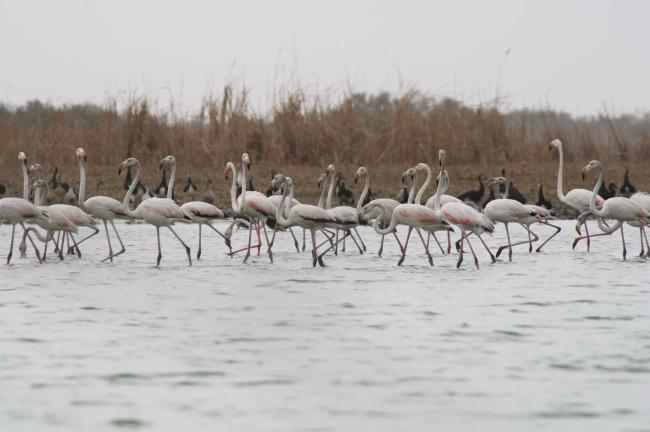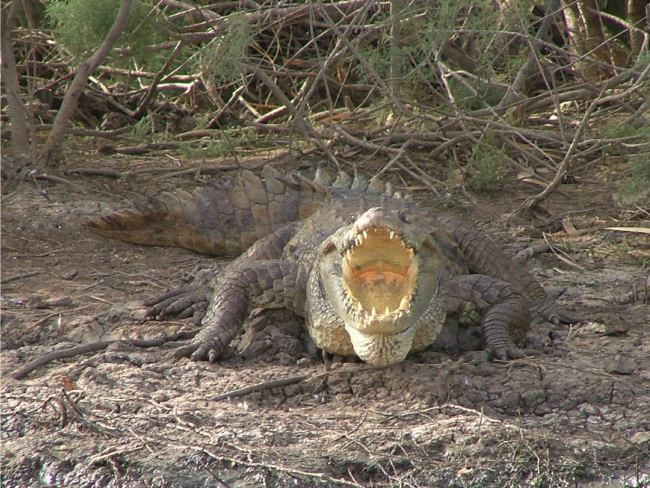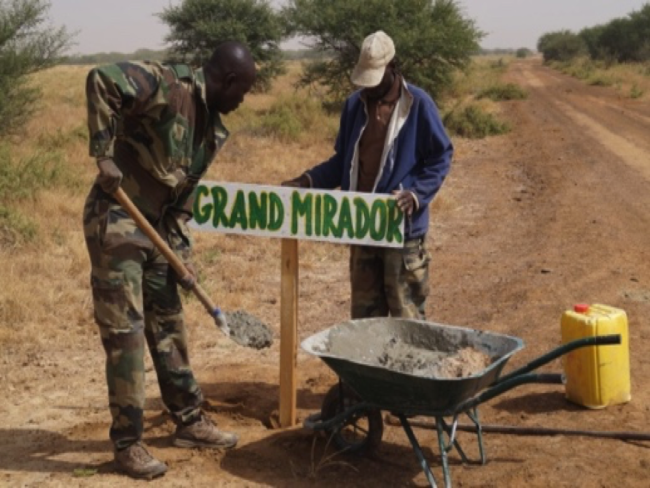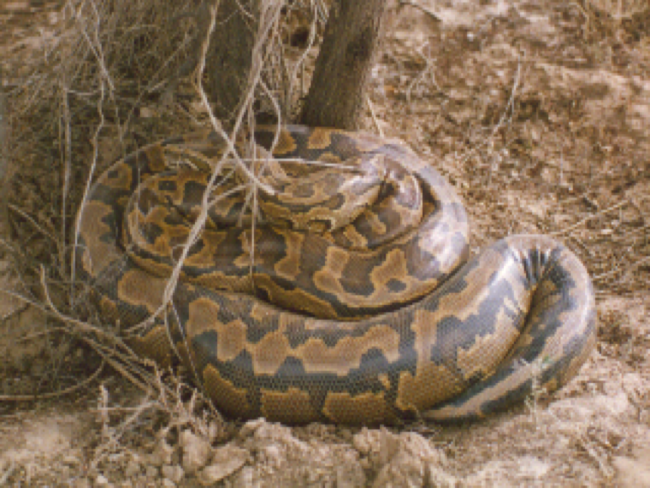Parc National des Oiseaux du Djoudj
Parc National des Oiseaux du Djoudj
- Country:
- Senegal
- Site number:
- 138
- Area:
- 16,000.0 ha
- Designation date:
- 11-07-1977
- Coordinates:
- 16°24'17"N 16°14'27"W
Carousel
CarouselMaterials presented on this website, particularly maps and territorial information, are as-is and as-available based on available data and do not imply the expression of any opinion whatsoever on the part of the Secretariat of the Ramsar Convention concerning the legal status of any country, territory, city or area, or of its authorities, or concerning the delimitation of its frontiers or boundaries.
The Site is an inland delta in the Senegal River floodplain consisting of an extensive complex of seasonally inundated brackish lakes and pools linked by a network of channels. The savannah vegetation features Sahelian Tamarix species with a ground layer of herbs and grasses in dry areas and various types of reed beds in inundated areas. It is one of the first shelters after the Sahara for Afro-tropical birds and Palaearctic migrants. The Site represents an exceptional genetic reserve for many plant and animal species: it forms a fragile sanctuary for birds such as the white pelican, the purple heron, the African spoonbill, the great egret and the cormorant. Internationally important numbers of various species of waterbirds use the Site for breeding, staging and wintering, with up to 3,000,000 individuals (over 360 species) at the peak of the season in December. Principal human activities are nature conservation and ecotourism, while surrounding areas are used for rice cultivation, livestock rearing and hunting. Low rainfall is the most serious potential threat: the Site has been confronted with water scarcity issues, which led to listing on the Montreux Record, but resolution of this problem through dams on the Senegal River led to its removal from the Record. It was returned to the Record in 1993, however, due to infestations of Pistia stratiotes and Paspalum vaginatum. The Site was the subject of Ramsar Advisory Missions in 1988 and 2000. A management plan exists with various monitoring and control activities, but the Site is facing additional threats of overgrazing of certain areas, illegal fishing activities reducing feed resources for birds, use of destructive fishing gear (monofilaments), encroachment on the protected area and noise pollution from rice paddies around the Site.
Administrative region:
Saint-Louis
Global international designation:
- World Heritage site
- UNESCO Biosphere Reserve
National legal designation:
- national park - Parc national des Oiseaux du Djoudj
Regional (international) legal designations:
- Other international designation
Last publication date:
29-03-2017
Ramsar Information Sheet (RIS)
- SN138RIS_1703_fr.pdf
- SN138RISformer.pdf
- SN138RISformer_160922.pdf
- SN138_map160928.pdf
- SN138_taxo161028.pdf
- SN138_taxo161028.xlsx
- SN138_taxo161028_1.pdf
- SN138_ECD161028.pdf
- SN138_ECD161028. Eurasian J. Sustain. Agric. 6(4) 333-343, 2012.pdf
- SN138_descr161028.doc
- SN138_descr161028_1.doc
- SN138_descr161028.pdf
Archived RIS
Site map
Additional reports and documents
Taxonomic lists of plant and animal species occurring in the site
A detailed Ecological Character Description (ECD)
A description of the site in a national or regional wetland inventory
Site management plan














